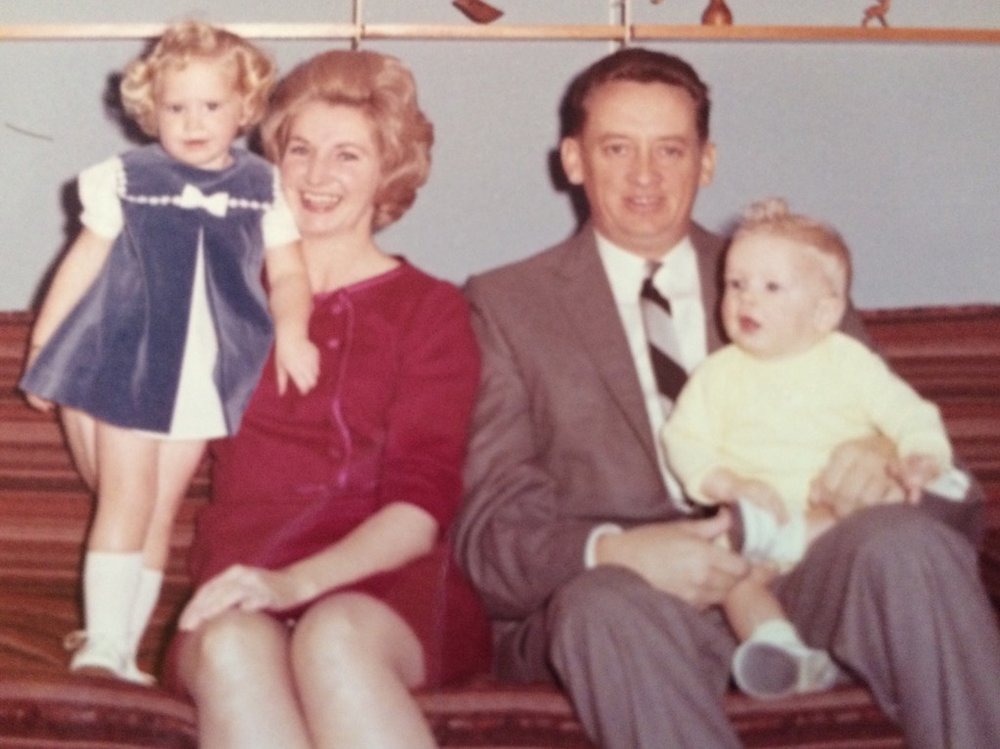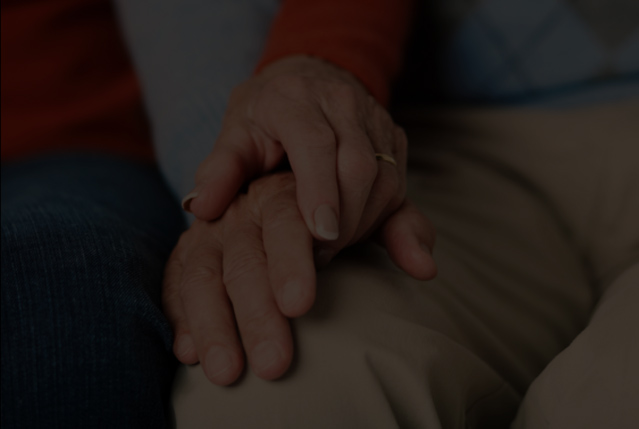





Obituary of Margaret Anne Munro
Munro, Margaret Anne (born Paterson)
Passed away peacefully on May 16 in Toronto at 85 years of age. She was born and raised in Cornwall, but lived in London most of her life. Anne was loving mother to Kirsten and Jason; sister to Helen, Constance, Frank and Ted (brothers deceased); sister-in-law to Doris, Marcie, Conroy and Janet; and mother-in-law to Lisa and Anik. Anne was a graduate of The University of Western Ontario, a lover of books, and a keeper of knowledge. She inspired respect and admiration in all who knew her, and had impeccable style. Friends and family will celebrate her life at Donohue Funeral Home, 362 Waterloo St., London on Thursday, May 23 from 11:00 to 12:30. A mass will follow at 1:00 at Holy Family Parish, 777 Valetta St., London.
"Obscure and little seen my way
Through life has ever been,
But winding from my earliest day,
Through many a wondrous scene."
As many of you know, my mom, Anne Munro, was a retiring person. In public, she was a woman of few words. She was a middle child, “the quiet one” in a family of hardy Scotch-Irish personalities, and suffered all her life from shyness. She became by force of habit an observer, yet she was a Paterson and knew her own mind. She had the mental toughness of someone whose youthful character was formed in the crucible of The Great Depression, a two-year stint in the sanatorium with tuberculosis, and the early loss of her father. So she managed to express herself one way or another, and in private demonstrated that she had decisive opinions and a formidable clarity of thought that she only sharpened over the years with voracious reading.
When I think of my mom, I see a fashionable, pretty blonde woman sitting on a couch or a chair, reading. It’s an almost iconic image in my mind. In the seventies, she fulfilled a dearly held dream to return to high school and then attend university--having been forced by financial circumstances to forgo grade thirteen when she was young--and I remember her briefcases full to bursting with the books I one day would also read, love and teach. When she worked at Royal Trust, no matter how tired or dismayed she was, she would read deep into the night. And in her retirement, the weight of the hours previously spent working was supported by the columns of countless newspapers and crosswords.
She consumed information and had a response to every question I put to her. I was always amazed and chagrined as only a daughter can be that impossibly, frustratingly, but no less inevitably, Annie was always right. It seemed to me that there had to be some grand cosmic conspiracy at work, or that my mom had some “in” with those who turned the wheels of reality. How was it possible, I would rail awe-struck, that events always confirmed her predictions? It made me absolutely crazy.
The thing was, she could see The Way Things Worked. Her mind always tended toward an analysis of systems. She was fascinated with flow, movement, how to proceed from A to B, how to avoid a tricky left turn on a busy street, how to move your arm when you mix cake batter, how to access a mall by the shortest route, how to do this, how to do that. She knew her way through everything, and if ever she didn’t, she learned a way, step by step. She was a natural-born teacher who broke everything down into pieces, sequences, chains of cause and effect. This is called “scaffolding” among teachers, and I can say, Annie built scaffolds for herself and others to climb every day of her life. They formed an architecture all their own, and they aspired always upwards, towards a higher understanding of the thing at hand.
She had a gizmo for everything, for every highly particularized need: three different kinds of ice scrapers, bewildering kitchen utensils shaped to address every stage in the creation of a dish she might never make. She was always horrified by my and my brother’s determination to make as few dishes as possible when we were cooking, eating out of pots and that kind of thing. I’m sure she imagined us tearing at an antelope carcass with our hands in a cave. For life, to her, was about the coordination of tools and the creation of systems. You don’t remove a note from the score of a symphony; you don’t eat without a plate. Anne held the chaos of reality at bay with the tools of a surgeon, the mental energy of an inventor, and the insight of a philosopher. She had a photographic memory that astounded those who encountered it right up until the last week of her life. She could recall any figure, any event, any name in confident detail. She brought a superhuman sense of organization and competence to her job at Royal Trust, where she worked deep into her retirement, but given another set of circumstances in her life, she could have been Henry Ford.
I think that’s why she loved Sherlock Holmes so much, with his minute powers of observation. She loved Barnaby and Morse and Lewis too, British television detectives who came to her late in life to provide the reassurance of systemic thought. Stories filled her life. In books, films and shows she found characters that experienced the same disappointments that she did, and who struggled with the burdens of the past and the fragility of the heart. As she aged and became more infirm she was upheld by the firm spines of her books, and found worlds into which to escape. She was an author’s or filmmaker’s dream, for she responded wholeheartedly and viscerally to a good story. Of course, she had strong reactions to bad stories as well, and saved particular vitriol for those who messed around with her beloved classics. No Pride and Prejudice and Zombies wanted here, thank you very much.
Anne was drawn especially to biography, because it describes real people. Woolf, Dickens, the Brontes, Austen, and Hardy: she knew them all, what made them tick, and what made them set pen to paper to embark on that ultimate act of self-revelation, the writing of fiction. She loved poetry as well, especially the Romantics, because they appreciated, as she did, the connections between the particular and the eternal, the minute and the everlasting. She saw this interplay through the lens of a devout Catholicism, which she shares with her sisters, Helen and Connie, and had no doubt that she would one day be reunited with the beloved members of her family who are deceased: father, Arthur; mother, Loretta, or as she was known, “Pat;” and brothers Frank and Ted.
Anne left a mark on me and my brother, Jay--a watermark of a kind--in the hopeful images in our imaginations, and the stories that animate our minds and hearts. She left her mark with her unwavering love, which persisted through all difficulty. She had a great reservoir of compassion for the vulnerable, and cared deeply for animals, like my dog Buster and her cat Carly. Even Darwin the IKEA monkey won a little piece of her heart.
My mom was a woman of few words and yet also infinite words. Just below the surface of her skin coursed a life--hundreds of lives, really--the depth of which few would have suspected. Anne Munro was born in 1927 in Cornwall, lived for fifty years in London, and died in 2013 in Toronto. She worked as a lab assistant, a hairdresser, a bank representative, and far too briefly as a teacher. She got married, and had two children. But she also lived in Middlemarch, Highbury, Oxford, Yorkshire, and Thornfield. She loved, struggled, and persevered in the company of stories. She lived a hundred lives, inspired hundreds more, and died in the embrace of the “wondrous scenes” in her mind.




